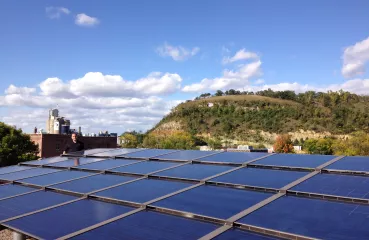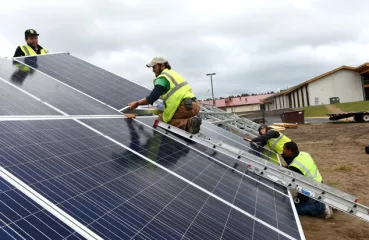It’s a myth that only wealthier and urban communities are leading in solar energy. Recent research from NREL indicates that while urban areas have a greater number of installations, rural communities across the country are generating more per capita solar electricity. These rural communities are slightly below income averages, and are finding savings through solar electric generation.
In 2018, and independently of one another, Albert Lea and Faribault took steps to potentially join rural communities benefiting from solar by using Southeast CERT Seed Grants to do solar energy planning. Both cities partnered with Pale Blue Dot to do solar PV assessments for city operations as well as some county and school sites in each community. Included in the solar energy assessments:
- Examination of available building energy benchmarking
- Recommendations based on the building energy use
- Solar resource site analyses
- Financial feasibility with costs and returns





